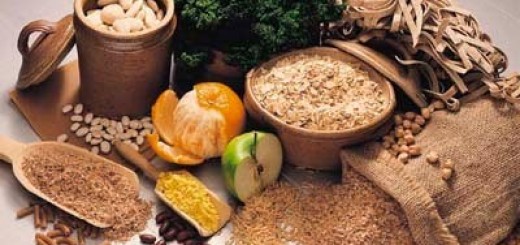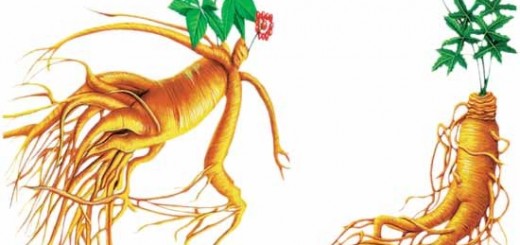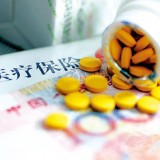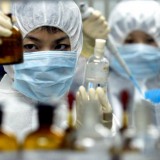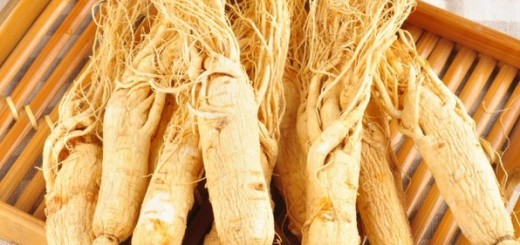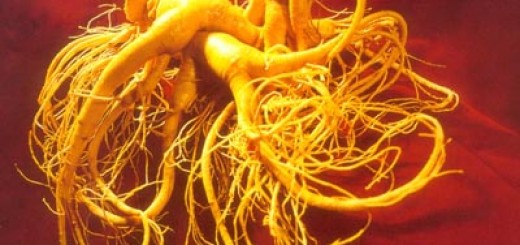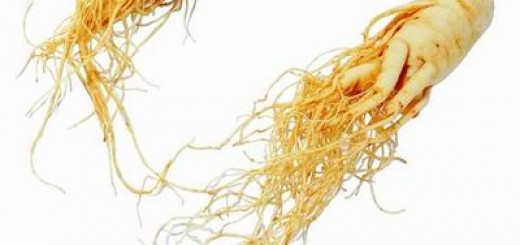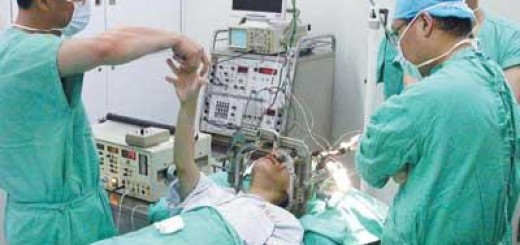Bone marrow suppression refers to a decreased ability of the bone marrow to manufacture blood cells, and is a common side effect of chemotherapy. Chemotherapy affects not only cancer cells, but other rapidly dividing cells, including the cells in the bone marrow that will become red blood cells ( RBCs ), white blood cells ( WBCs ), and platelets. The symptoms of bone marrow suppression may include fatigue (due to anemia ), easy bruising (due to a low platelet count), and infections (occurring secondary to a low white blood cell count).
Dammarane sapogenin PPT (protopanaxatriol) is the most active ingredient in Asian ginseng. Recent research found that PPT can protect bone marrow from cyclophosphamide abuse and ameliorate the bone marrow suppression during chemotherapy.
In mouse model, bone marrow suppression was induced by introperitoneal injection of cyclophosphamide, however, both the preventative (before chemotherapy) and therapeutical (immediately after myelosuppression) uses of PPT at differnt doses markedly ameliorated the bone marrow suppression, and the recovery rate and magnitude of WBC and platelets in PPT treated mice were much faster and greater than untreated ones. In-vitro culture of bone marrow cells demonstrated a higher colony forming ability in PPT treated mice. Furthermore, the PPT treated mice have more cells (higher cellurarity) in bone marrow in histological staining, and spleen cells (B lymphocytes predominantly) proliferated rapidly in response to lipopolysaccharide stimulation.
In summary, dammarane sapogenin PPT (protopanaxadiol) protects bone marrow from cyclophosphamide toxicity, and it could be of great clinical significance for prevention and treatment of bone marrow suppression during chemotherapy.
Orignial research was published on Exp Biol Med (Maywood). 2011 Jun 1;236(6):729-35
Protective effect of dammarane sapogenins against chemotherapy-induced myelosuppression in mice.
Yang Y1, Xu S, Xu Q, Liu X, Gao Y, Steinmetz A, Wang N, Wang T, Qiu G.
Abstract
Chemotherapy is the most common way to treat malignancies, but myelosuppression, one of its common side-effects, is a formidable problem. The present study described the protective role of dammarane sapogenins (DS), an active fraction from oriental ginseng, on myelosuppression induced by cyclophosphamide (CP) in mice. DS was orally administered at different dosages (37.5, 75, and 150 mg/kg) for 10 d after CP administration (200 mg/kg intraperitoneally). The results showed that DS increased the number of white blood cells (WBC) on day 3 and day 7 (P < 0.05), such that WBC levels were increased by 105.7 ± 29.5% at 75 mg/kg of DS on day 3 (P < 0.05, compared with the CP group). Similar results were observed in red blood cells and platelets in DS-treated groups. The colony-forming assay demonstrated that the depressed numbers of CFU-GM (colony-forming unit-granulocyte and macrophage), CFU-E (colony-forming unit-erythroid), BFU-E (burst-forming unit-erythroid), CFU-Meg (colony-forming unit-megakaryocyte) and CFU-GEMM (colony-forming unit-granulocyte, -erythrocyte, -monocyte and -megakaryocyte) induced by CP were significantly reversed after DS treatment. Moreover, the ameliorative effect of DS on myelosuppression was also observed in the femur by hematoxylin/eosin staining. In DS-treated groups, ConA-induced splenocyte proliferation was enhanced significantly at all the doses (37.5, 75, 150 mg/kg) on day 3 at the rate of 50.3 ± 8.0%, 77.6 ± 8.5% and 44.5 ± 8.4%, respectively, while lipopolysaccharide-induced proliferation was increased mainly on day 7 (P < 0.01), with an increased rate of 39.8 ± 5.6%, 34.9 ± 6.6% and 38.3 ± 7.3%, respectively. The thymus index was also markedly increased by 70.4% and 36.6% at 75 mg/kg on days 3 and 7, respectively, as compared with the CP group. In summary, DS has a protective function against CP-induced myelosuppression. Its mechanism might be related to stimulating hematopoiesis recovery, as well as enhancing the immunological function.
PMID:
21652604
[PubMed – indexed for MEDLINE]















